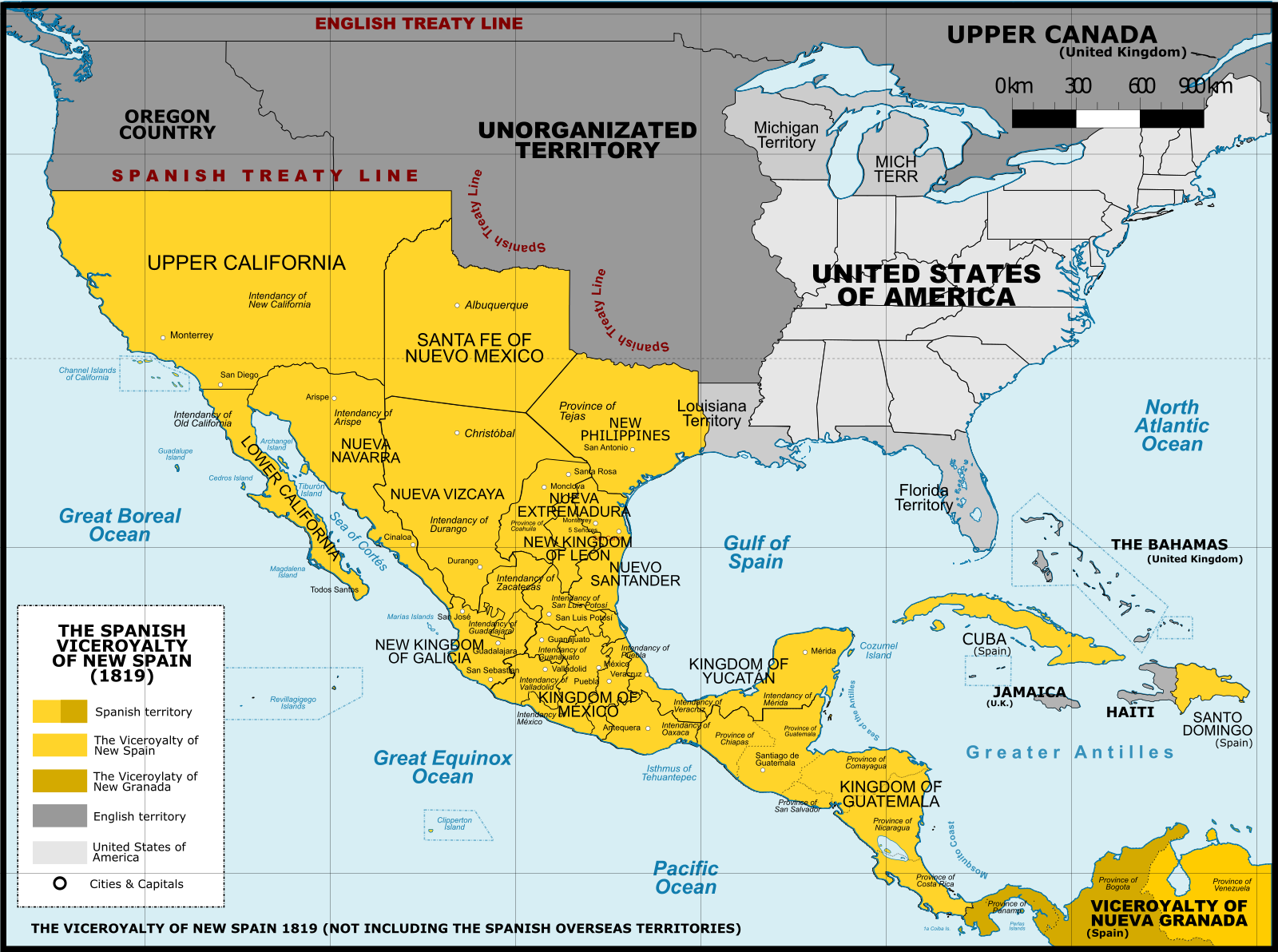21 Indigenous Peoples & Colonization
Latinx Americans have one of the more complex histories of the development of the Americas. Through contact, colonialization, and further political and social dynamics, the Latinx population has grown into a sizable and influential part of the United States today.
Like other racial minorities, Latinx Americans have been exploited for their labor, discriminated by American society, and denied their civil rights despite their contributions to the nation. The Latinx identity is not considered a ‘race’ in America, but rather an ethnic distinction. Because of this ambiguous categorization, Latinx Americans have been misunderstood in political and social standards throughout history.
This is their story.
Colonization of Latin America
In order to understand Latinx history, we have to begin with the indigenous peoples of the Americas, whose history is inextricably tied to Latinx history. As stated in PART 3, over 20,00 years ago, people started migrating into and laying their roots throughout the South, Central & North American continents and islands. These first peoples of the Americas adapted and thrived in the environments where they settled, some creating vast and complex civilizations and even empires.
When Iberians – the Portuguese and Spanish Europeans that lived on the Iberian Peninsula – started to venture out into the open ocean, they eventually made their way across the Atlantic. The Portuguese focused on the formation trading outposts rounding the gold coast, as well as the colonization of Africa’s western coastal islands, while the Spanish funded a monumental journey that made landfall in the Caribbean. This was the journey of Genoese-Italian born Christopher Columbus.
After Columbus’s contact with indigenous peoples, more and more explorers made their way across the Atlantic Ocean. Among those men were Hernan Cortez and Francisco Pizarro. Through the efforts of political maneuvering, brute warfare, and subsequent disease, Iberian conquistadors dominated the powerful 16th century empires of the Americas – the Inka and the Aztec. Cortez and Pizarro had these goals: control the land, establish colonies for the benefit of the mother country and convert the natives to Christianity. The more souls they committed to Christianity, the more powerful they became over Muslims. With these goals in mind, the Americas were changed forever.
As Iberians took over the Americas, some sought alliances with powerful families of the remnants of the indigenous empires. These alliances were mostly forged through marriage. Society was further changed by the introduction of African servants and slaves. Over time, the intermarriage of peoples created a complex and vast Colonial Caste System, or Las Castas, that gave privilege and preference to European blood and ‘white’ skin tone. Categories of Las Castas included mulattos, offspring of a Spaniard and African, or mestizos, a child of a Spaniard and an indigenous person.
Below is a painting from the 18th century showing 16 racial groupings related to the Las Castas social hierarchy system. It is housed in the Museo Nacional del Virreinato, Tepotzotlán, Mexico

These definitions determined one’s social status and access to opportunities and resources or lack thereof. Like many other areas of the world, lighter skin tone was preferable and privileged, while darker skin tones meant inferiority and discrimination. As the years went on, the Latin American nations such as Mexico, Puerto Rico, and Cuba were formed using these racial and ethnic distinctions.
The Spanish continued to establish settlements throughout their territories in the Americas. In North America, of the areas that would eventually become the U.S., the Spanish controlled the west, southwest, and Florida, until about the early 19th century. Spanish speakers were, in fact, some of the earliest settlers of North America, and would remain strongly rooted in those regions throughout this nation’s history – and even today.

After the American Revolution and the founding of the nation, settlers looked to the west for more room to develop and grow. The land lust of the American settlers was felt by many groups, and among those groups perhaps the ones to have been affected most were Native Americans and Latinx populations. This land lust was justified in the notion of Manifest Destiny (westward expansion) that is discussed in PART 3.
The control of lands from the Atlantic to the Pacific began first with Florida, which was acquired by John Quincy Adams through the Adams-Onis Treaty in 1819. The treaty was signed to settle a border dispute with Spain and an ongoing conflict with General Andrew Jackson and his invasion of Florida and attack on the Seminole Indians. This military action by Jackson was used as leverage over the Spanish to demand Minister Onis to control the inhabitants of Florida or cede the region to the United States. The Seminole tribe was considered disruptive to U.S. interests because they had a history of harboring fugitive slaves. As discussed in PART 4, enslaved African Americans were considered property of Americans, and therefore the Seminoles were in possession of stolen property. The treaty settled differences between the nations by Spain ceding control of all of Florida and the Pacific Northwest, while the U.S. recognized Spanish control over the region later known as Texas, clarifying the borders between New Spain and the United States.
This was only the beginning of wars and land grabs that would establish the eventual borders of the United States of America to the south.
